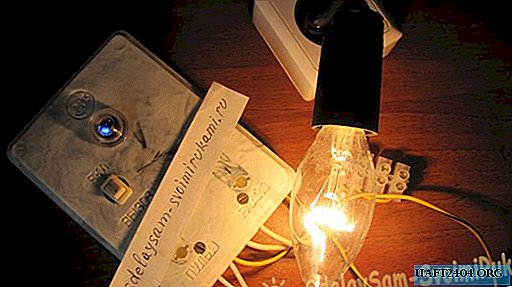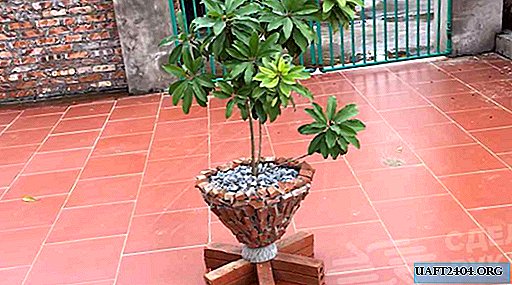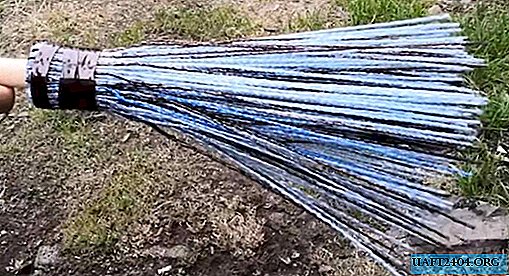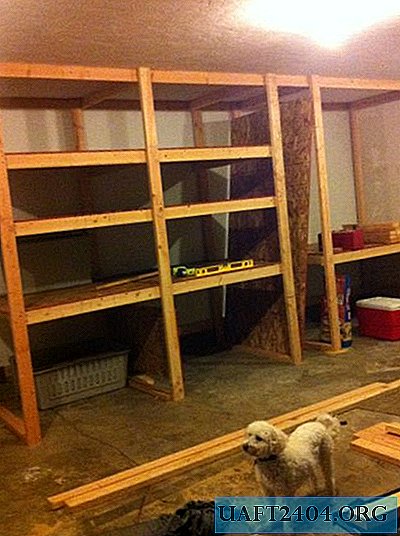Share
Pin
Tweet
Send
Share
Send
Let's try to make a solid-state relay together with our own hands while maintaining all the positive qualities, but without filling the circuit with resin or sealant to be able to repair in case of failure.

Scheme
Let's see the diagram of this very useful and necessary device.

The basis of the circuit is the T1 power triac - BT138-800 at 16 Amps and the MOS3063 optocoupler driving it. On the diagram, the conductors that need to be laid with a copper wire of increased cross section are highlighted in black, depending on the planned load.
It is more convenient for me to control the LED of the optocoupler from 220 Volts, and it is possible from 12 or 5 Volts, as anyone needs.

To control it from 5 volts, you need to change the 630 ohm suppression resistor to 360 ohms, the rest is the same.
The ratings of the parts are designed for MOS3063, if you use a different optocoupler, then the ratings must be recalculated.
The varistor R7 protects the circuit from power surges.
The chain of the indicator LED can be completely removed, but with it it turns out more clearly that the device is working.
Resistors R4, R5 and capacitors C3, C4 are used to prevent failure of the triac, their ratings are designed for current not exceeding 10 amperes. If a relay is required for a large load, then the ratings must be recounted.
The cooling radiator for the triac directly depends on the load on it. With a power of three hundred watts, the radiator is not needed at all, and accordingly - the greater the load, the larger the radiator area. The less the triac will overheat, the longer it will work and therefore even a cooler will not be superfluous.
If you plan to manage increased power, then the best output would be to install a triac of higher power, for example, BTA41, which is designed for 40 Amps, or the like. Denominations of parts fit without conversion.
Parts and Housing


We will need:
- F1 - 100 mA fuse.
- S1 - any low-power switch.
- C1 - capacitor 0.063 uF 630 Volts.
- C2 - 10 - 100 μF 25 Volts.
- C3 - 2.7 nF 50 Volts.
- C4 - 0.047 uF 630 Volt.
- R1 - 470 kΩ 0.25 watts.
- R2 - 100 ohms 0.25 watts.
- R3 - 330 ohms 0.5 watts.
- R4 - 470 ohms 2 watts.
- R5 - 47 ohms 5 watts.
- R6 - 470 kΩ 0.25 watts.
- R7 - Varistor TVR12471, or similar.
- R8 is the load.
- D1 - any diode bridge for a voltage of at least 600 volts, or assemble from four separate diodes, for example - 1N4007.
- D2 is a 6.2 Volt zener diode.
- D3 - diode 1N4007.
- T1 - triac VT138-800.
- LED1 - any signal LED.
Solid State Relay Fabrication
First, we plan the placement of the radiator, breadboard and other parts in the case and fix them in place.



The triac must be isolated from the cooling radiator with a special heat-conducting plate using heat-conducting paste. The paste should slightly come out from under the triac when tightening the fixing screw.

Next, we place the following parts in accordance with the scheme and solder them.






Solder the wires to connect the power and load.


We place the device in the case, having previously tested it with a minimum load.




The test was successful.
Watch the video test device with a digital temperature controller.
Share
Pin
Tweet
Send
Share
Send











